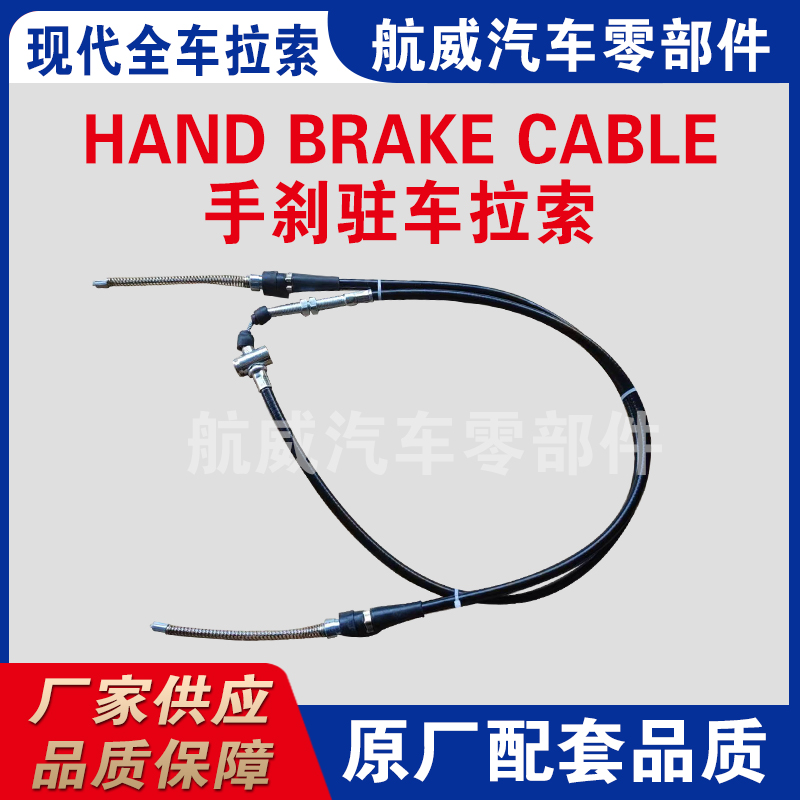Understanding the Importance of Quality Clutch Hoses in Vehicle Performance
Understanding Clutch Hoses Importance and Maintenance
Clutch hoses play a pivotal role in the performance and safety of a vehicle's transmission system. They are integral components that facilitate the smooth operation of the clutch system, which is crucial for the engagement and disengagement of the engine and transmission. This article will explore the significance of clutch hoses, their function, and tips for maintenance to ensure optimal vehicle performance.
What is a Clutch Hose?
A clutch hose is a flexible tube that connects the clutch master cylinder to the clutch slave cylinder. Its primary function is to transport hydraulic fluid under pressure, allowing the driver to engage or disengage the clutch when shifting gears. The clutch hose must withstand high pressures and varying temperatures, making its construction material—usually high-quality rubber or synthetic composites—of paramount importance.
Importance of Clutch Hoses
The health of a vehicle’s clutch system largely depends on the condition of its clutch hoses. If a clutch hose develops a leak or becomes damaged, it can lead to a decrease in hydraulic pressure. This pressure drop makes it difficult or impossible to operate the clutch effectively, resulting in issues such as difficulty shifting gears or even complete clutch failure. Such problems can lead to unsafe driving conditions, increased wear on the transmission, and costly repairs if not addressed promptly.
Signs of Clutch Hose Problems
Being aware of the signs of a malfunctioning clutch hose is crucial for maintaining a vehicle's health
. Some common indicators includeclutch hose

1. Fluid Leaks If you notice hydraulic fluid pooling under the vehicle, it could be a sign of a failing clutch hose. 2. Soft or Spongy Clutch Pedal A clutch pedal that feels soft or spongy rather than firm may indicate a loss of hydraulic pressure due to a hose leak. 3. Difficulty Engaging Gears If you experience difficulty shifting into or out of gear, it’s essential to inspect the clutch system, including the hose. 4. Unusual Noises Unusual sounds when operating the clutch can also hint at hose issues or other transmission problems.
Maintenance Tips
To avoid issues with clutch hoses, regular maintenance is imperative. Here are some tips to consider
1. Regular Inspections Frequently check your clutch hose for signs of wear, cracks, or leaks. Inspecting the hose during routine maintenance can catch problems before they escalate. 2. Monitor Fluid Levels Keep an eye on the hydraulic fluid level in the clutch master cylinder reservoir. A drop in fluid level can indicate a leak in the system, possibly in the hose.
3. Replace When Necessary Clutch hoses have a finite lifespan and should be replaced according to the manufacturer’s recommendations or if any wear is detected.
4. Professional Servicing Have a qualified mechanic service your vehicle regularly. They can perform detailed inspections and replace any worn components, including the clutch hose if necessary.
Conclusion
In conclusion, clutch hoses may seem like small components in a vehicle’s complex system, but they are crucial for safe and effective operation. Understanding their function, recognizing the signs of potential problems, and adhering to a proper maintenance routine can help ensure that your vehicle’s clutch system operates smoothly, prolonging its lifespan and maintaining driving safety. Regular attention to these components can save you from unexpected breakdowns and costly repairs, allowing for a more enjoyable driving experience.
-
Upgrade Your Vehicle with High-Quality Handbrake CablesNewsNov.01,2024
-
Optimize Your Bike's Performance with Quality CablesNewsNov.01,2024
-
Enhance Your Vehicle's Performance with Quality Clutch ComponentsNewsNov.01,2024
-
Elevate Your Vehicle's Performance with Quality Throttle CablesNewsNov.01,2024
-
Elevate Your Vehicle's Performance with Quality CablesNewsNov.01,2024
-
Affordable Solutions for Your Cable NeedsNewsNov.01,2024
